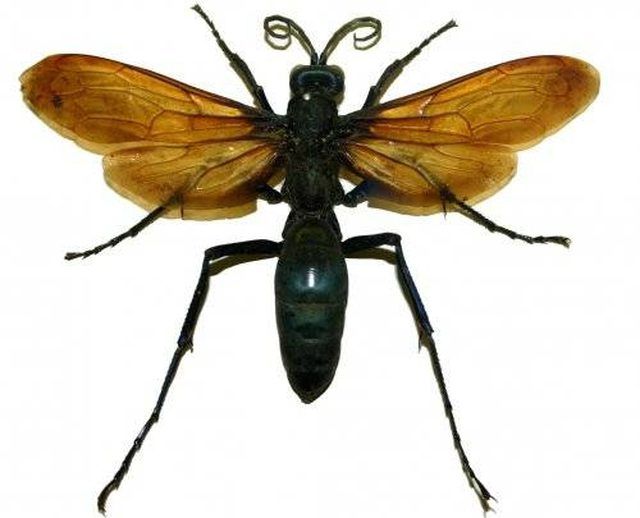Bulbs
Flower Basics
Flower Beds & Specialty Gardens
Flower Garden
Garden Furniture
Garden Gnomes
Garden Seeds
Garden Sheds
Garden Statues
Garden Tools & Supplies
Gardening Basics
Green & Organic
Groundcovers & Vines
Growing Annuals
Growing Basil
Growing Beans
Growing Berries
Growing Blueberries
Growing Cactus
Growing Corn
Growing Cotton
Growing Edibles
Growing Flowers
Growing Garlic
Growing Grapes
Growing Grass
Growing Herbs
Growing Jasmine
Growing Mint
Growing Mushrooms
Orchids
Growing Peanuts
Growing Perennials
Growing Plants
Growing Rosemary
Growing Roses
Growing Strawberries
Growing Sunflowers
Growing Thyme
Growing Tomatoes
Growing Tulips
Growing Vegetables
Herb Basics
Herb Garden
Indoor Growing
Landscaping Basics
Landscaping Patios
Landscaping Plants
Landscaping Shrubs
Landscaping Trees
Landscaping Walks & Pathways
Lawn Basics
Lawn Maintenance
Lawn Mowers
Lawn Ornaments
Lawn Planting
Lawn Tools
Outdoor Growing
Overall Landscape Planning
Pests, Weeds & Problems
Plant Basics
Rock Garden
Rose Garden
Shrubs
Soil
Specialty Gardens
Trees
Vegetable Garden
Yard Maintenance
How to Get Rid of Wasps in the Attic
How to Get Rid of Wasps in the Attic. Wasps have plagued humans for centuries. Normally choosing to prey on small insects, wasps can become a problem for humans when they invade homes and other areas frequented by people. Wasps are one of the most commonly exterminated insects during the spring and summer months when they awaken and are easily...

Wasps have plagued humans for centuries. Normally choosing to prey on small insects, wasps can become a problem for humans when they invade homes and other areas frequented by people. Wasps are one of the most commonly exterminated insects during the spring and summer months when they awaken and are easily disturbed. Removing wasps from your attic can be a fairly simple procedure as long as proper safety precautions are taken.
Things You'll Need
Thick clothing
Duct tape
Wasp spray
Secure bin or can with lid
Rake or shovel
How to Get Rid of Wasps in the Attic
Determine what type of wasp you have. Solitary wasps tend to build nests that allow them to secure and separate their eggs and young into single pods. Social wasps have larger nests and will house all their young together, often making them easier to remove.
Dress in thick clothing. Wasp stings are poisonous and very painful, so dressing to prevent them is important. Specialized wasp suits are available, but a good layer of rubber clothing, such as a heavy rain suit, will prevent most stings.
Clear the area around your nest. Most people store a number of valuable things in their attic space, so remove anything you do not want damaged before spraying the nest. You can also lay down a sheet of plastic to keep the spray from ruining your floors as it drips down from the nest.
Secure any windows in your attic to prevent the spray from being pulled outside by drafts. The more secure you can make your area, the more effective the spray will be. You can use a layer of duct tape around any vents or windows to contain as much of the vapor as possible.
Spray the nest according to the directions on your spray. If the nest is a hanging nest, make sure you purchase a spray with a projectile shot so that you can completely cover the nest with it. If your wasps have built a nest on the floor of your attic, bomb-style wasp poisons work very well. Set the bomb down as close to the nest as possible and deploy the spray to eradicate your pests.
Allow your nest to sit for the time indicated on your spray for best results. Many sprays require that the nest be left alone for at least 24 hours to kill off any remaining wasps, so do not disturb the nest until you see no more live wasps around it. If you see any living insects, spray the nest again to kill off any stragglers.
Loosen the nest from its surroundings by pulling on it gently. Some nests can be removed by hand, while others are too high to reach without tools. A rake or shovel works very well for prying the nest from your attic walls.
Drop your nest into a disposal container, such as a can with a lid. This will allow you to throw your nest out without having to worry about any wasps that might not have been completely eradicated from stinging you after removal.
Clean the area of any remaining bits of nest. Mud nests can be scraped up with a putty knife and thrown away, while paper nests are easily brushed off with a large grill brush. Ridding your attic of all traces of nest will not only give you a cleaner home, but can keep any new wasps from being drawn to an existing nest.
Tips & Warnings
Be sure you are well covered before attempting to remove wasps. Wasps can sting multiple times without dying, so even a single wasp can be very hazardous.
Never remove a nest without first killing as many insects as possible. Some people are extremely allergic to wasp venom, so use extreme caution when removing your nest.